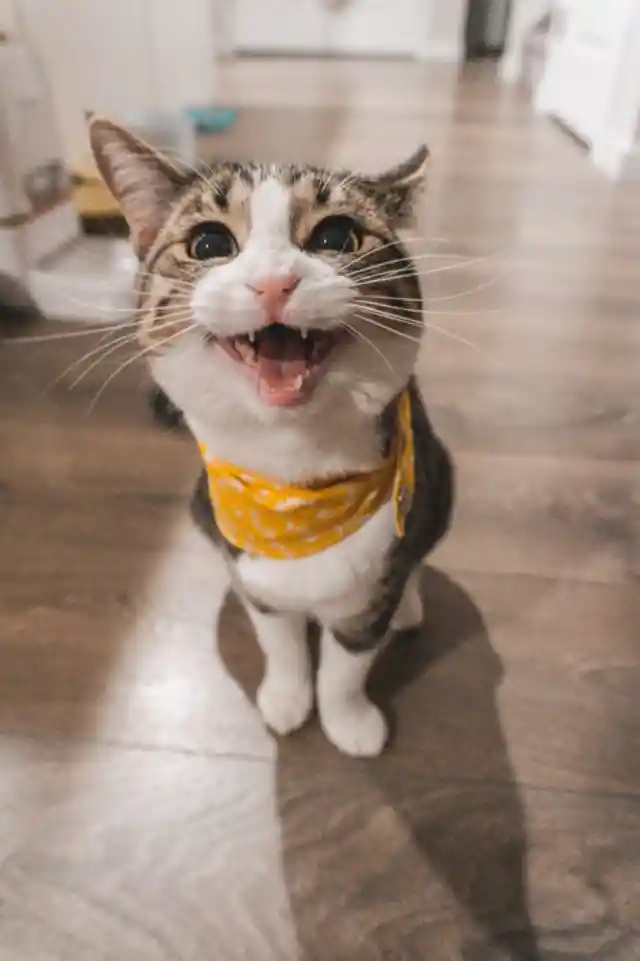If you have a feline roaming silently around your house or peeking at you through tiny spaces, you have probably figured out most of the behavioral traits exhibited by them. However, one interesting action of these cats has always made people wonder about what goes around in that tiny feline head. Even if you haven’t ever owned a cat, you might have observed these little animals move their left and right front paws inwards and outwards alternatively. This is referred to as kneading or “making biscuits”. The part that engages people’s attention is the reason behind this feline behavior. Kneading is noticed quite often in cats and experts have always been fascinated by this. There are a few reasonable and intriguing explanations for cats indulging in kneading and they will arouse your curiosity!
Unique Behavior
It is believed that cats have this behavior programmed in them since their kittenhood and for most of them, it continues for a long time even when they grow older. These cats can be spotted kneading on soft things like squishy pillows, blankets, or other furry animals and even people. They might be sitting in your lap and after a few minutes, you can notice them pushing their front paws in and out. So, one compelling explanation is that the cats relate this action to the nursing they received from their mothers during their days of being a kitten. But there’s more to cats showing this trait.
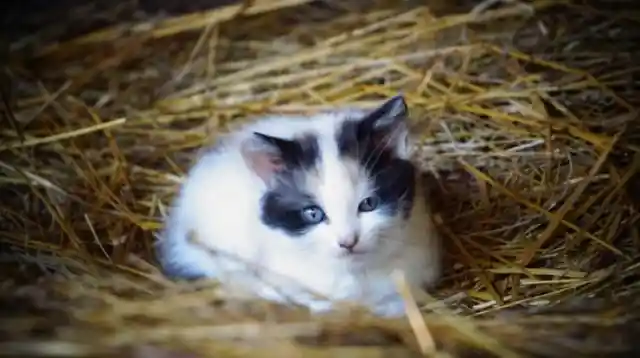
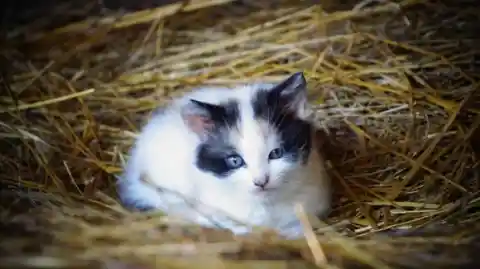
Claiming Their Spot
Cats won’t allow anyone else to take over what’s theirs. To prove this point, they mark their territories using their scent glands present under a cat’s feet. They are enclosed in soft padding and when felines move their paws, those glands are activated. So, when the cats knead, it is a sign that they are conveying the message of the spot belonging to them. The pheromones are released from the paws while they knead and the scent covers the area. They do this to their human owners as well for ensuring that no other creature overpowers their territory. That definitely sounds like a “cat”!

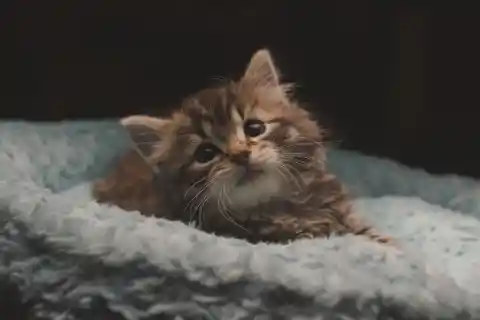
Reflecting Happiness
The rhythmic motion of their paws can also be a result of the feelings of contentment and joy rushing inside them. The kneading is a way to communicate their happiness to the people or fellow felines around them. If you have ever seen the cats “making biscuits”, you would have detected a sense of comfort and relaxation in that motion. They may even purr a little more and drool with this action of kneading. It’s a natural way for cats to feel content and bliss. Some theories suggest that kneading gives them relief and they let go of all the accumulated pressure.
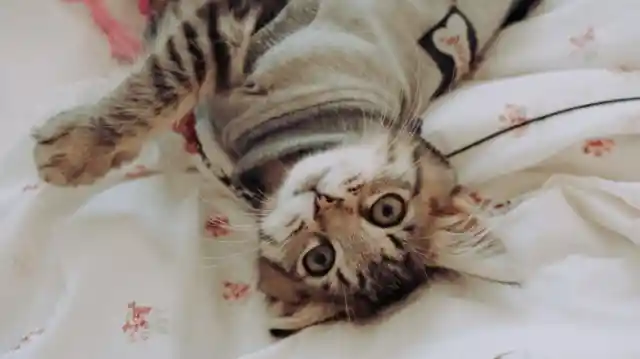
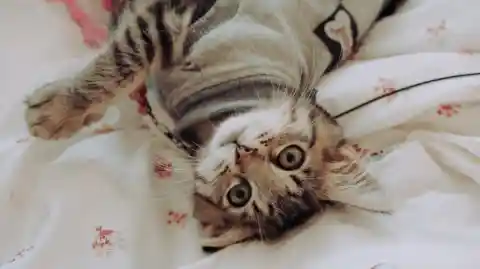
An Instinctive Motion
One of the many speculations about kneading is associated with the ancestors of these felines. A long time ago when cats were not pets, they used the technique of kneading to clear the area beneath them and make it a cozy spot for sleeping. They even followed the same process before giving birth to create a comfortable place for the baby kittens. Through kneading, these mousers relied on kneading to stay safe and divert the enemies and dangers they could sense a few miles away. When you see your pet cat kneading, you can think of it as an instinctive action that has been passed onto them from previous generations.


A Sign Of Love
Kneading is also connected with the love language of cats. Since they can’t express it through words that humans comprehend, felines use such actions as kneading to reveal their affection for the owners. It is quite common for a cat to purr and start kneading when they feel warm and cozy in the human’s lap. They feel the urge to express admiration for their owners and so, the motion of their paws begins. If the kneading is too quick, it can cause an inconvenience to you but just stay calm and allow the cats to convey love.
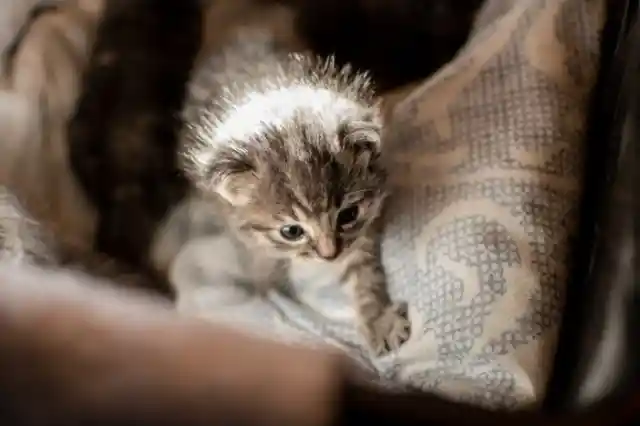
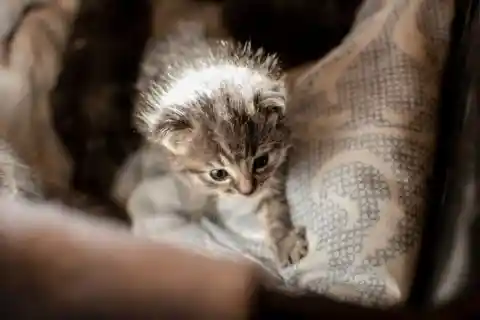
Signaling Towards Sickness
One hypothesis for the kneading says that it might be due to some health trouble that the cat may be facing and fighting alone. However, this is not yet proved scientifically. Some cat owners have reported it to be a sign of some issue but that’s a rare chance. Cats have other ways to express any problem they might be dealing with in terms of health. The extent of kneading varies for every feline. Some have a slow-motion while others can be quite aggressive. If you know your cat well, you can easily notice any change in their behavior and instinctive kneading. So, one can tell when their pets are not in a good space.
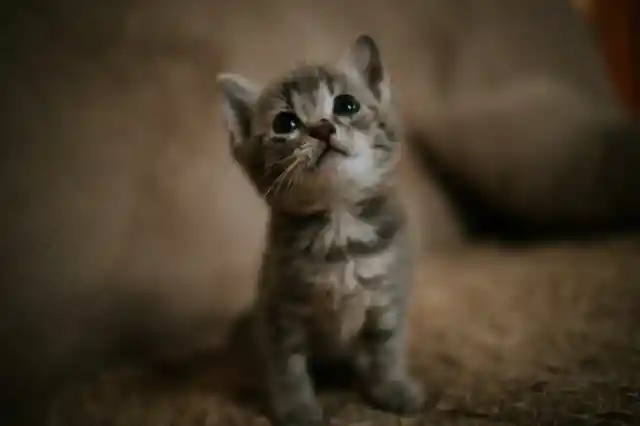

Escaping Loneliness
Cat owners tend to develop a really strong bond with their pets over time and they can judge the mood of the feline by just one unusual move. Kneading might be part of their natural behavior but it can take various forms according to the emotions emerging inside the cats. Even though, felines have been characterized as independent creatures who can survive in isolation and embrace their own company. But that’s not entirely true. The ones who have spent some time with these furry kittens would have a different view here as they have seen cats being upset when they lose a good company or have to stay alone for a while. When they knead differently and the situation around them seems forlorn, one can tell what’s wrong with the furry friend. In such scenarios, just stroke them gently until they feel relaxed.
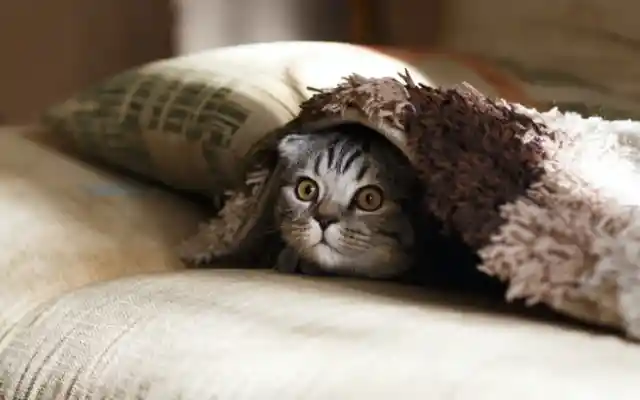
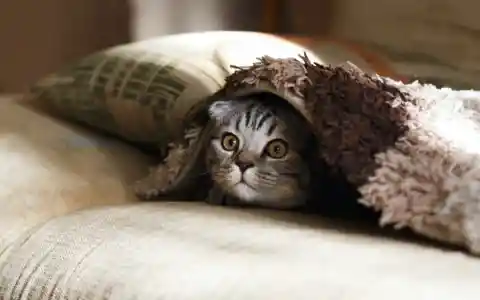
Kneading To Feel Calm
If you are even slightly doubtful about your cat’s kneading and finding it strange, you should plan a trip to the veterinarian. The doctor can check your pet for any symptoms or other unusual behavior that you might have missed. This would be a logical way of dealing with the situation. You will be relieved after knowing what the vet has to say about the atypical kneading shown by your cat and the solution they suggest to handle it. However, if the veterinarian marks your pet as healthy and fit, you need to step into your feline’s paws and see what’s bothering them. Maybe, they have trouble adjusting to the routine of one family member who steps out of the house regularly or some family issues might have a negative impact on them emotionally. Cats are sensitive!
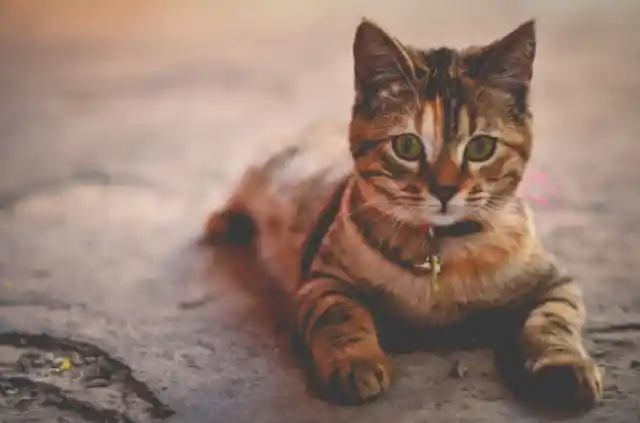
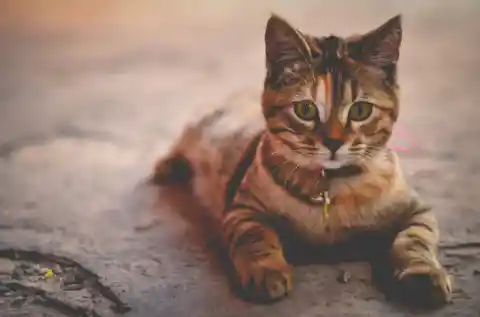
Variations In Kneading
“Making biscuits” is a trait that felines possess but the reasons for indulging in kneading are different in distinct scenarios. Also, the way a cat is kneading varies. A few felines rely on their claws to execute the motion while others encase the claws while kneading. It is observed that cats use their front paws to knead but in certain rare cases, there might be the involvement of all four paws. Apart from the ways of kneading, the intention and frequency depend on the cats too. Some cats knead when they are about to doze off but others do it at irregular intervals.
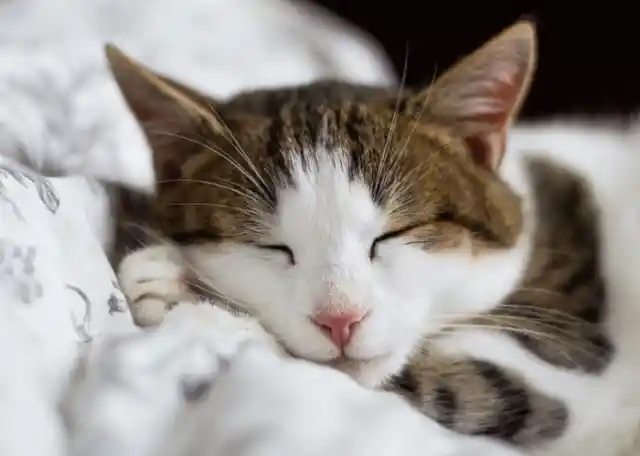
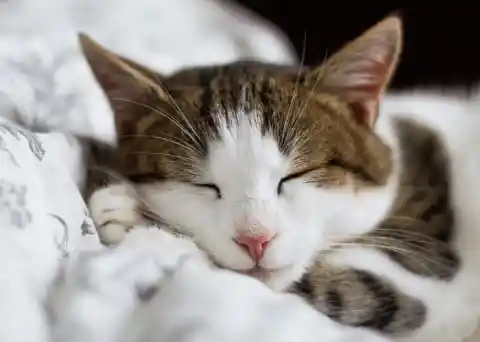
Kneading In Your Lap
If a cat starts kneading while sitting in your lap and it causes some discomfort, you can make them pause by caressing them gently in the belly area. This will make them feel relaxed and the motion of their paws might cease. If you feel that your feline can’t control kneading while sitting in your lap, you should trim their nails or put a layer of blanket between their paws and your legs to avoid any painful scratches caused by constant kneading. Nail guards for cats exist too but make sure your cat doesn’t fuss over them while you try to make them wear it. You don’t want any further trouble in the cat paradise.
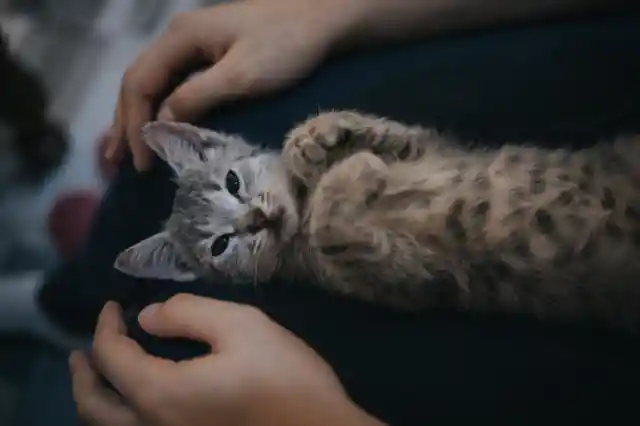
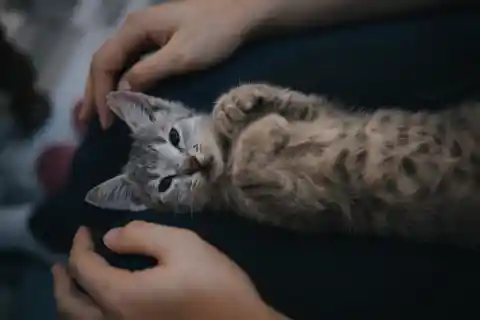
A Physical Exercise
Like humans, cats need to stay healthy and fit too. We all know felines are finicky when it comes to their food and would never devour something that doesn’t appeal to them and their limited taste buds. Healthy meals ensure that they stay active but another part of their routine is an exercise involving some stretching and “yoga poses”. How many times have you seen them stretch their tiny legs? We bet it’s quite a lot! This is when kneading helps the felines to stay nimble and active until they prepare themselves for another power nap.
